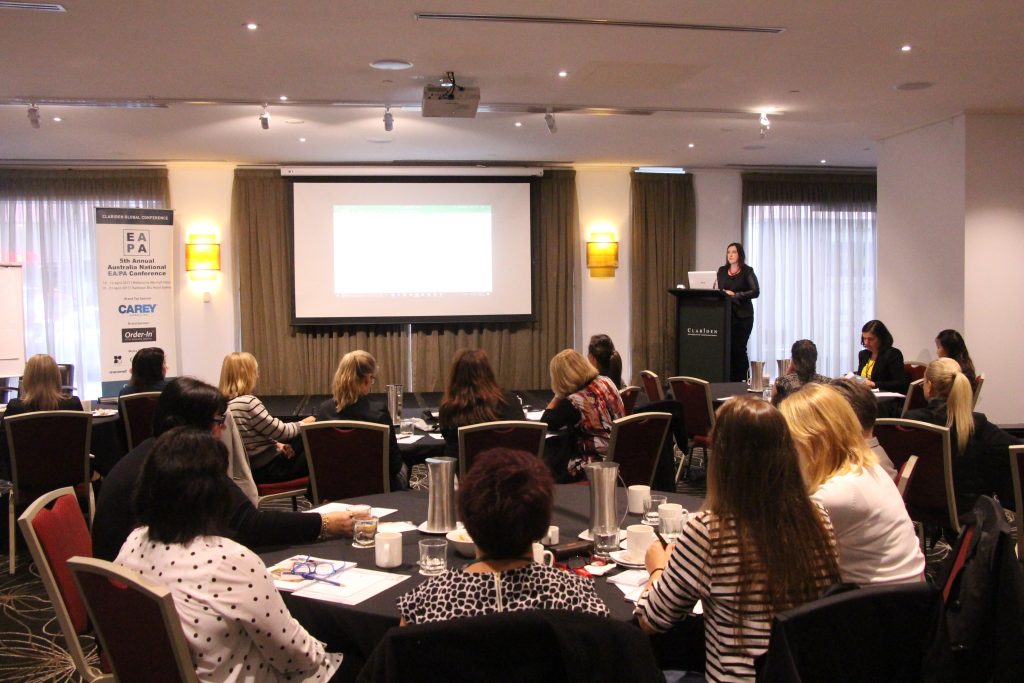Collaboration – Mastermind

In 1937, Napoleon Hill wrote Think and Grow Rich. In the book, Hill wrote about the value of masterminds.
All mastermind is, is a group of people that get together and share and collaborate for an express purpose of getting better.
In educational terms there are a lot of similarities between a mastermind and a community of practice. In his book Workplace Learning, Principles and Practice, Robert W. Rowden suggests the following:
“Communities of practice exist in some form in every organization – whether they have been deliberately created and labelled as such or not. The challenge for organizations is to support them in such a way that they make a positive contribution to creating and sharing organizational knowledge.”
[Rowden, R. W., Workplace Learning, Principles and Practice, August 2008]
For years workplaces have operated in metaphorical “silos” where information was specific to each department or business unit. Process improvements or conversations to leverage of each area’s expertise and knowledge were necessarily encouraged. They tend to operate as independent teams but not truly part of a singular team who share knowledge, processes and skills for the benefit of the business. In some ways it could be likened to survival of the fittest. The focus was on meeting performance or profit expectations with minimal risk, waste for fuss.
In an era of connectivity and increased interaction with technology, you would think that the opportunity to share and collaborate is increased, however technology has increased the burden on workers to “use the tools” to get more done.
Rather than seeking answers to questions by using the internet, and thereby wasting time looking for the right answers, determining context and applying learnings, wouldn’t it make sense to build and internal “pool” of knowledge that consistently checks in with each other to report on new ideas and insights and processes improvements within the business.
Creating an internal mastermind in your organisation to share knowledge isn’t difficult, but it does require discipline to maintain.
Some questions to ask are:
- What is the purpose of the mastermind?
- How long will it run for ie is it driven by a project outcome or is it something that will be reviewed on an annualised basis?
- What’s the criteria for attendance – do you have to be a department manager? Must you be able to commit to attending 80% of the meetings?
- How often will you have meetings?
- What will be the format?
- How will you know or measure if the mastermind is successful?
- Do you need an external, rather than internal facilitator to keep people accountable?
- Who will monitor, manage and drive the mastermind?
The benefit to creating an internal mastermind is the building of the collective organisational memory. Most organisations don’t appreciate the knowledge in team members heads until they depart the business. The result is increased stress on staff remaining to “pick up the slack” and a reduction in productivity as new processes need to be established.
Creating a mastermind enables you to bring people together from different areas of your organisation to share and grow information and knowledge and expertise around how your business does things for the betterment of the business.
I’d love to hear if you are using internal masterminds to share information, processes and insights in your organisation.
To find out more about how Donna can help your organisation set up its own internal mastermind groups, call to find out more +61 39457 4745 or visit https://primesolutions.net.au/mastermind-programs/

